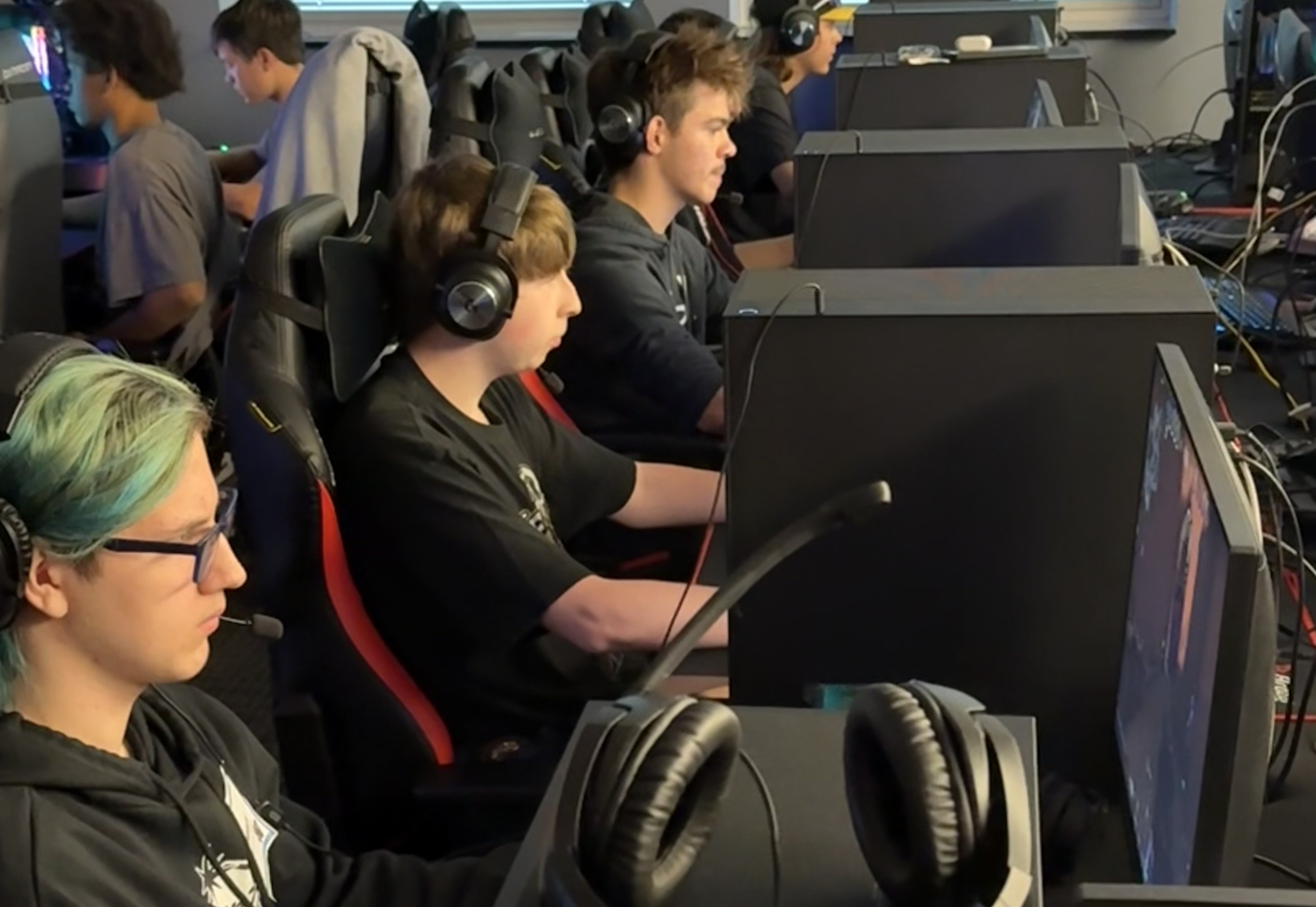Let Students Be Your Guide as Lesson Evaluators
from Educators' eZine
Student evaluations of lesson plans are a rare - albeit useful and unique - way to help teachers create custom-designed teaching resources. Giving constructive feedback on the impact, motivation, and excitement teacher produced lessons deliver, students assist in instructional enhancement by providing a scaffold for the construction of masterful 21st Century lesson plans that incorporate exciting technological applications.
For example, one professional development program is teaching educators how to design their own 3-D graphics using VRML (Virtual Reality Modeling Language) for integration into the science and math curriculum. VRML allows users to create and manipulate 3-D graphics, thus ensuring students receive tangible experiences with difficult concepts. Teachers later rely on students to assess the lesson plans, paying particular attention to ease of use and educational benefit for a technology-centered audience.
Teachers interested in having their technology-integrated lesson plans student approved in order to establish the impact on understanding, motivation, and engagement, as well as usability and accuracy, should consider using a "student as assessor" approach to model evaluation. To do this, teachers should first consult with experts (for example, IT professionals, curriculum specialists, and/or master teachers) who will carefully examine the lessons for erroneous concepts and incompatible alignment to both state and national education standards. Next, peers evaluate both the accessibility and adaptability of each developed lesson so that educators across the globe can utilize it with relative ease. Finally, students offer teachers a window into the minds of 21st Century learners.
On most occurrences, students offer insightful remarks on the effectiveness of the teacher lessons. Some comments might include statements such as, "more hands-on activities" and "needs more technology." Overall, teachers will find that students are impressed with the successful incorporation of technological applications into what they before considered "boring lessons" lacking visual stimulation. The students will also feel involved in the learning process via the technical support and encouragement they offer teachers in their quest to create 21st Century teaching modules. Students will provide feedback on such things as the clarity of the directions, execution, level of technological engagement, effectiveness of technology for enhancing interest in the topic or making the topic easier to understand, as well as the amount of interactive or hands-on experiences the technology elicits.
If you would like students to offer constructive commentary on the effectiveness of your technology-integrated lessons, you might first develop a rubric, survey or even an opinion poll that addresses the questions you would like answered. For example, the following questions might serve as a helpful guide:
- Do you think the lesson made effective use of technology? Explain.
- What portions of the lesson did you feel worked well and were easy to comprehend?
- What portions of the lesson did you feel were not beneficial in understanding the content presented?
- What would you change about this lesson?
- How would you rate the overall delivery and design of this lesson?
- Were the instructions clearly outlined and easy to follow?
- Did the lesson offer opportunities for interaction with the teacher and other students?
- Did the lesson build upon your prior knowledge (i.e. were real-world examples utilized)?
- Were you involved in hands-on learning opportunities during the lesson?
- Did you find the lesson motivating in such a way that you would like to further explore the topic presented?
- Would you recommend the teacher use this lesson again in the future?
- Additional comments...
Encouraging K-12 teachers to have students evaluate their teaching styles and lesson plan development can improve instruction and better meet the needs and requirements of their students. In turn, students will become more engaged and comfortable with lesson participation knowing they contributed to its overall success. Teachers, impressed with the qualitative and productive nature of the student comments and contributions, proceed accordingly with revisions and incorporation of the ideas suggested by their students.
Tools and ideas to transform education. Sign up below.
So, before you create that imaginative lesson that you believe will expand the minds of your students into a realm they never before knew existed, ask yourself one question. Will this lesson be modern, motivating, and meaningful for 21st Century digital learners? If you are unsure, just ask the students themselves! You might be pleasantly surprised with the formative feedback they will provide, not to mention the reward when students exhibit curiosity and enthusiasm for learning via a technology centered approach created by teachers and approved by students.
Email:Carrie A. Calloway
